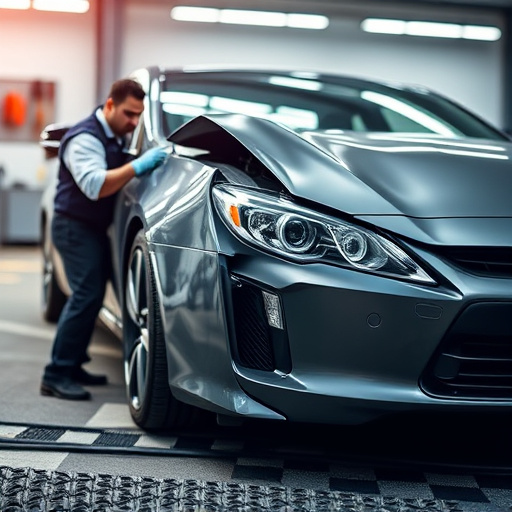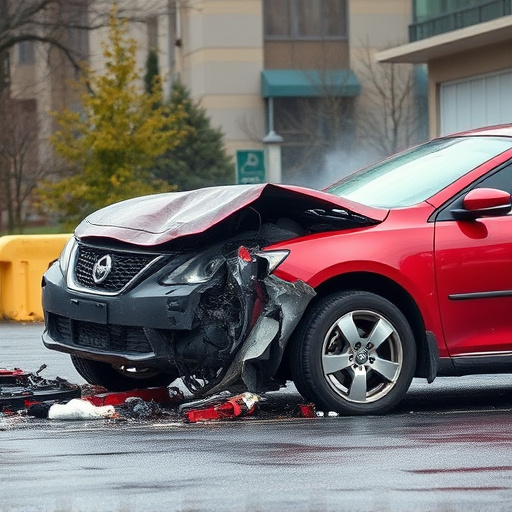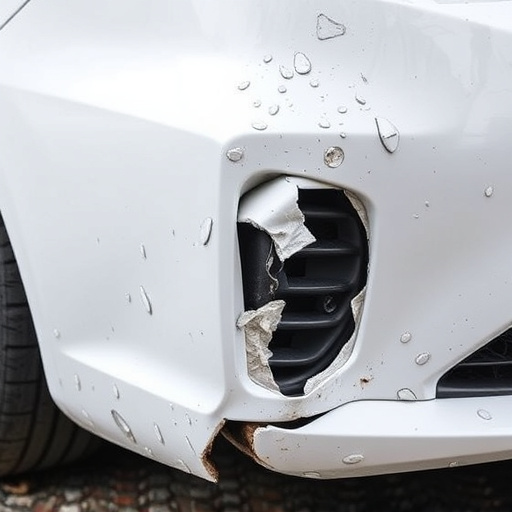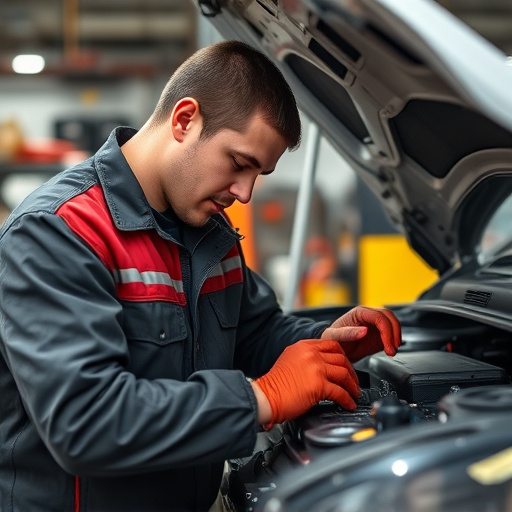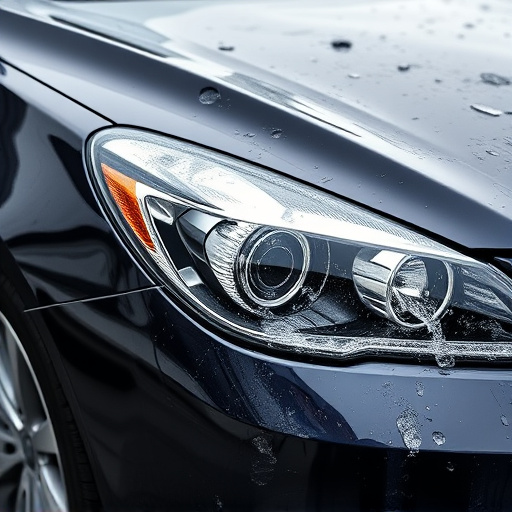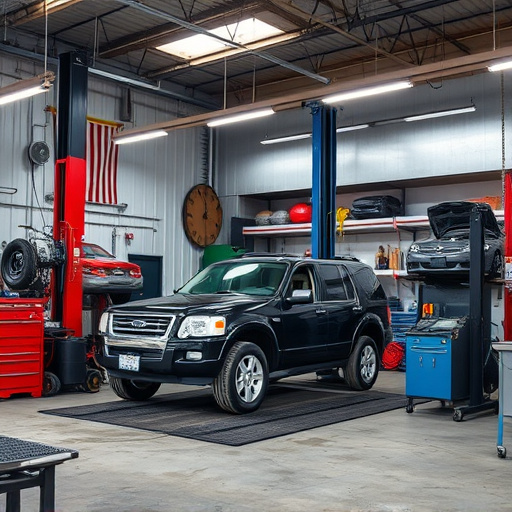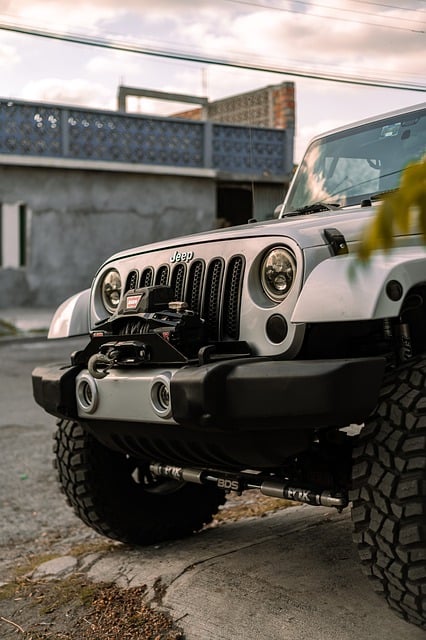Loaner vehicle collision repair programs are essential for automotive service providers, offering temporary replacements during vehicle repairs. Effective management involves regular servicing, clear policies, standardized procedures, and technician training. Customer satisfaction is key through communication, transparent pricing, efficient claims handling, and positive experiences leading to reviews and referrals.
In today’s automotive landscape, efficient and seamless loaner vehicle collision repair programs are vital for both shops and customers. Understanding these programs, which provide temporary transportation while vehicles are in the shop, is crucial for enhancing customer satisfaction and streamlining claims management. This article delves into common policies, key strategies, and best practices designed to optimize the process of loaner vehicle collision repair, ensuring a smooth transition from accident to recovery.
- Understanding Loaner Vehicle Collision Repair Programs
- Key Policies to Ensure Efficient Repairs
- Best Practices for Customer Satisfaction and Claims Management
Understanding Loaner Vehicle Collision Repair Programs
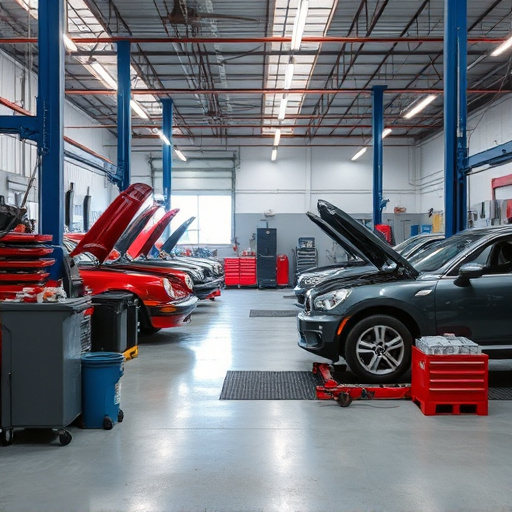
Loaner vehicle collision repair programs are designed to facilitate the process of repairing damaged vehicles while providing a temporary replacement for affected customers. These programs are crucial for automotive dealers and service centers, ensuring smooth operations and customer satisfaction during unforeseen events like accidents or mechanical issues. By offering loaner vehicles, businesses can minimize downtime for their clients, who might otherwise be left without transportation while their car undergoes repairs.
The core of these programs involves a fleet of well-maintained, safe, and reliable loaner cars that are readily available to customers upon request. These vehicles often include various models and types to cater to different customer needs. For instance, some businesses offer paintless dent repair as part of their services, allowing for efficient, non-invasive car restoration techniques that preserve the original finish of a vehicle. Effective management of loaner vehicles ensures they are serviced regularly, ensuring optimal performance and safety standards, which are essential elements of any successful collision repair operation.
Key Policies to Ensure Efficient Repairs
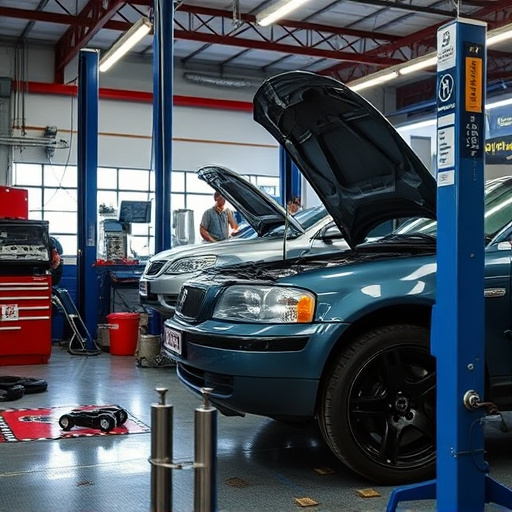
Efficient loaner vehicle collision repair programs hinge on key policies that streamline the process and ensure high-quality outcomes. Firstly, clear guidelines for damage assessment are paramount. This includes thorough inspections to accurately identify repairs needed, distinguishing between minor and major damages. Such policies should mandate comprehensive documentation of all findings, ensuring transparency and facilitating accurate billing.
Additionally, standardized procedures for auto glass repair, bodywork repairs, and fleet repair services are crucial. Standardized protocols ensure consistency in techniques, materials used, and quality control measures. This not only guarantees repairs meet high standards but also helps in managing costs effectively. Policies should also emphasize training and certification for technicians to stay updated with the latest in automotive technology and repair methods, further enhancing the overall efficiency of the program.
Best Practices for Customer Satisfaction and Claims Management
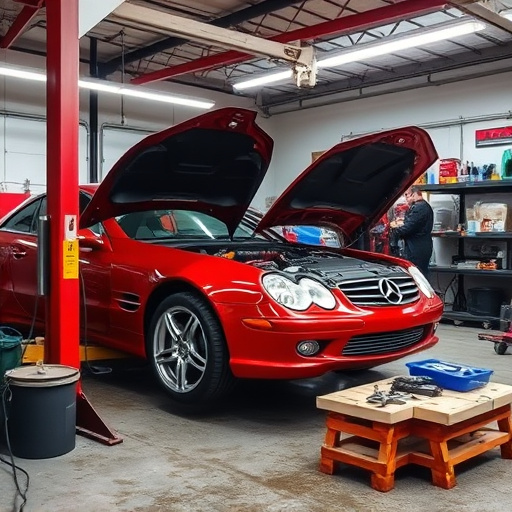
Ensuring customer satisfaction in a loaner vehicle collision repair program is paramount to building and maintaining trust. Best practices include clear communication channels where customers are kept informed every step of the way, from initial estimate to final handover. Prompt responses to inquiries and concerns, along with regular updates on repair progress, can significantly enhance the overall experience. Additionally, offering transparent pricing structures and detailed breakdowns of costs associated with repairs fosters confidence in the process.
Effective claims management is another critical aspect. Streamlined processes for documenting and reporting accidents, as well as efficient coordination between insurance providers, repair facilities, and customers, are essential to minimizing disruption and delay. Quick turnaround times for auto glass replacement or fender bender repairs demonstrate a commitment to customer service. By prioritizing these best practices, loaner vehicle collision repair programs can achieve higher levels of customer satisfaction, leading to positive reviews and referrals in the competitive market.
Loaner vehicle collision repair programs, with clear policies in place, can significantly enhance customer satisfaction and streamline claims management. By understanding these programs’ fundamentals, implementing key policies for efficient repairs, and adopting best practices for customer interaction, auto shops can provide a seamless experience for clients involved in collisions. This not only fosters trust but also ensures timely and quality repairs, ultimately benefiting both businesses and their customers.
